Consider this: an earthquake hits while you are cooking dinner. The tremors cause the pot of boiling water to fly off the stove, scalding your body.
The emergency rooms will likely be swamped with injured people, meaning you’d have to treat the burn yourself.
Don’t think that this couldn’t happen. According to one report, burns account for 3% of earthquake-related injuries.
Burns are also very common in other types of natural disasters, such as hurricanes and tornados, not to mention the burn injuries that could occur.
I’d recommend printing the checklist below (click to get a printable version emailed to you).
What Should Be In a Burns First Aid Kit?
1. Nitrile Gloves
When treating a burn victim, your hands must be clean. You can’t always wash your hands properly (such as after an earthquake when the water is off).
For these situations, it is better to have nitrile gloves. (Amazon link)
Put them on before you treat the burn injury.
2. Cool Compress and Basin for Water
The first thing to do after a 1st or 2nd-degree burn is to run the burn under cool water for 15-30 minutes.
Again, it isn’t always possible to run the burn underwater. For example, if the water has been shut off, you won’t be able to do this. Likewise, if the burn is located somewhere, like on the head, it might not be possible.
Instead, use a cool compress (Amazon link) on the burn.
The cool compress will draw heat out of the burn so it heals faster. You could also fill a clean basin with cool water and soak the burn. The basin works great for burns on the feet.
*Note: NEVER use ice water or ice packs on burns! They can cause permanent damage to the burn area!
3. Aloe Vera Gel
For superficial 1st-degree burns, especially when the blisters haven’t broken, apply a moisturizing gel such as aloe vera. (Amazon link)
According to AAFP.org, the lipid component of the gel prevents the burn from drying out and accelerates healing.
4. Antibacterial or Antibiotic Ointment
If the blisters on the burn have broken, the damaged skin could easily get infected. Thus, you must apply an antibacterial ointment to the burn.
Some of the recommended antibacterial ointments for burns are:
- Bacitracin (Amazon link)
- Neosporin (Amazon link) – Does Neosporin expire?
5. Cotton Swabs
You’ll need cotton swabs (Amazon link) to clean debris from the burn wound and apply the antibacterial ointment. Do NOT use cotton balls. They can cause pieces of cotton to get stuck inside the wound.
6. Nonstick Bandage
After running the burn under cold water or a compress and applying an ointment, the next step is to apply a nonstick bandage. (Amazon link)
The bandage (also called a dressing or a nonstick pad) should be individually packed so it is sterile. Remember, you’ll have to change the bandage fairly frequently, so you can’t have too many of these in your first aid kit.
- Remember to get many different sizes. The bandage should cover the entire burn.
- If the bandage gets stuck to the burn, soak it in water to unstick it before removing.
You can buy special burn dressings (Amazon link). These have been pre-treated with ointment for burns. This saves you the step of applying aloe vera or an antibacterial ointment.
7. Gauze
After applying the nonstick bandage to the burn, you wrap it in gauze (Amazon link) to hold the bandage in place.
Always wrap the gauze very loosely. Burns will swell. If you wrap the gauze too tightly, then it can cut off circulation to the burn area.
8. Pain Medicines
You should have this in your first aid kit for multiple types of injuries. Acetaminophen (Tylenol) (Amazon link) is okay for treating burn pain.
You’ll want something more substantial for severe burns, but this is only available with a prescription.
9. Cling Wrap
Here’s a cool first aid burn treatment trick many people don’t know about.
Because plastic wrap is produced at very high temperatures, it is sterile. It can be applied directly on top of a 2nd or 3rd-degree burn to prevent contamination. It also won’t stick to the burn like dressings will.
So, if you get a 3rd-degree burn and need to head to the hospital, just put layers of cling wrap on top.
Cling wrap is also sometimes used instead of a sterile dressing because it is clear, which means the burn can be monitored without having to remove it.
Cling wrap should always be applied in layers, not wrapped, to prevent pressure on the burn if it starts to swell. After using the cling wrap, you can wrap it loosely with gauze to hold it in place.
Brush Up On Your First Aid Skills
You must have a fully stocked first aid kit. But remember that these items will be worthless if you don’t know how to use them properly.
I strongly recommend taking a first aid course and retaking the course at least once a year. This will give you the training to react quickly and accurately in an emergency!
Here, you can find a list of the 10 First Aid Skills Every Prepper Should Know.
To find a first aid course, I recommend:
- Local ranger stations often have search and rescue, wilderness, and EMT training
- Community colleges often have first aid courses
- Your local fire station may offer a free first aid course
- Check with your local health department, as they might organize courses
- The Red Cross has lots of first aid courses, including online courses
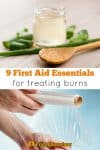
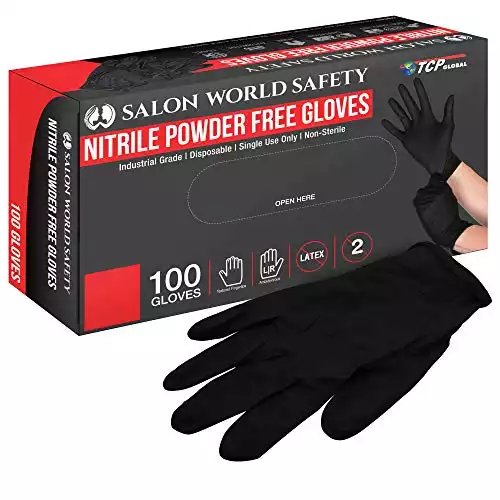
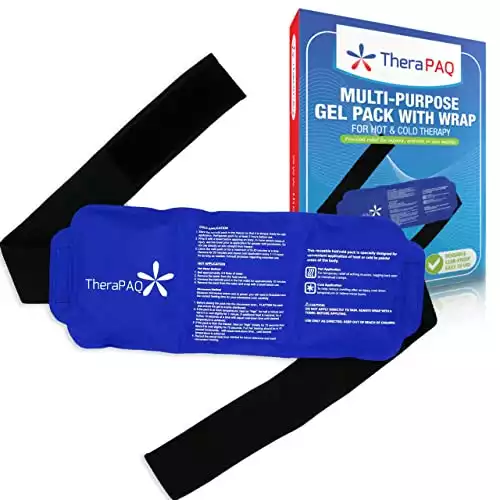

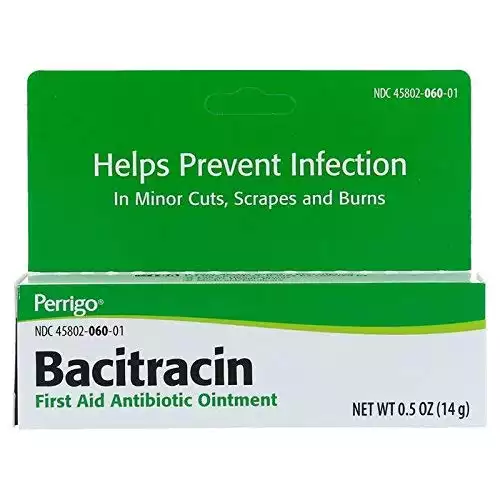
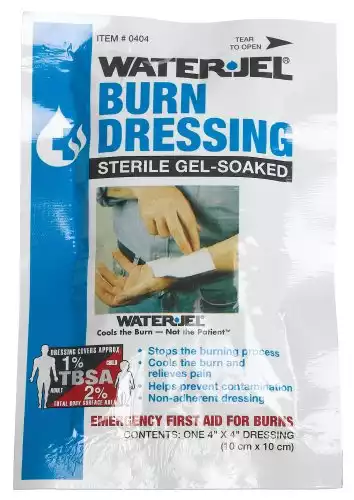
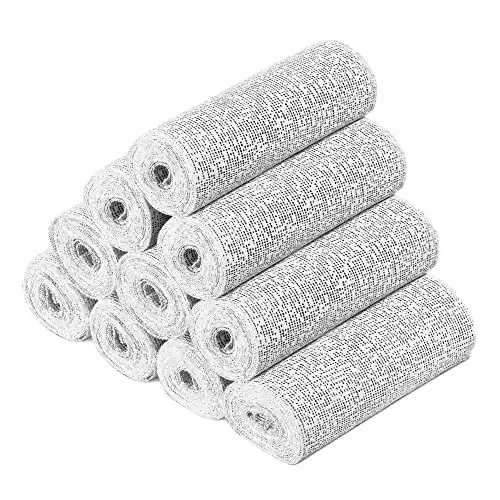
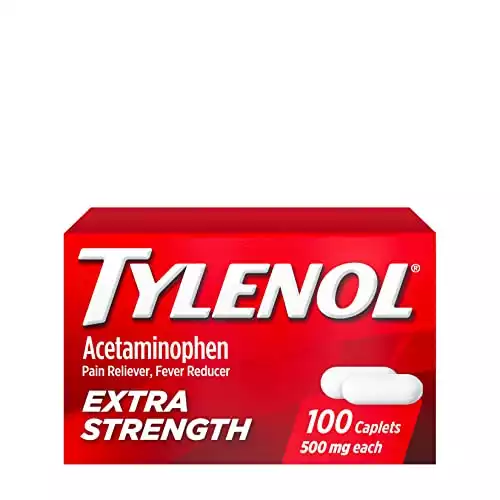


Silver! Heals burns fast and leaves no scars. Just because hospitals can’t use it, doesn’t mean you can’t.
Are silver rounds ok